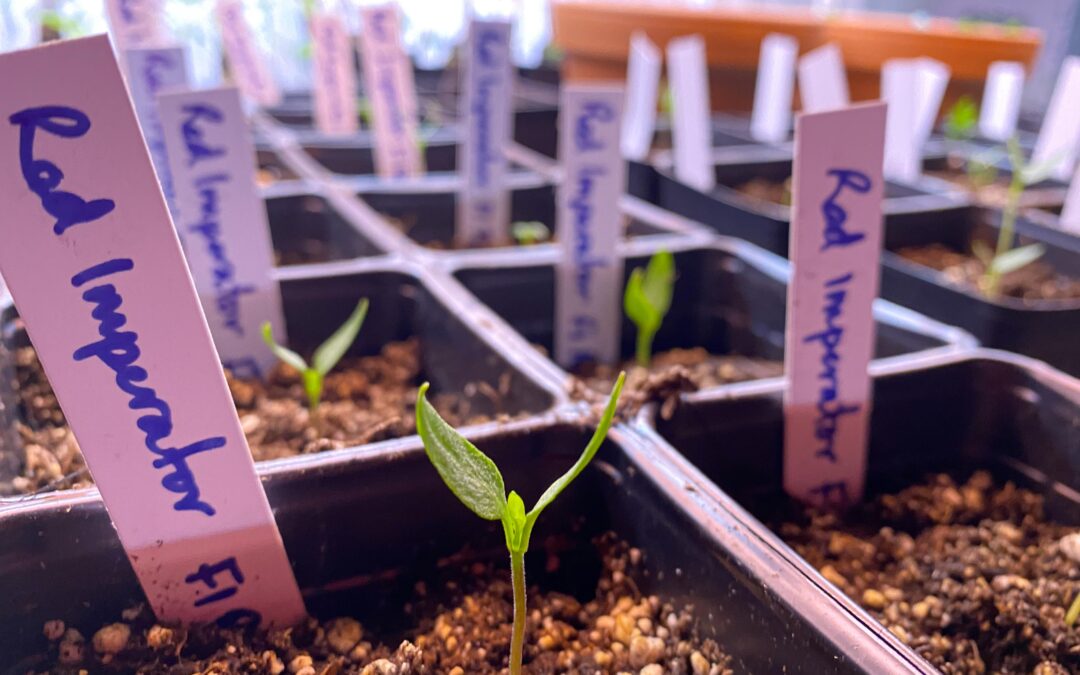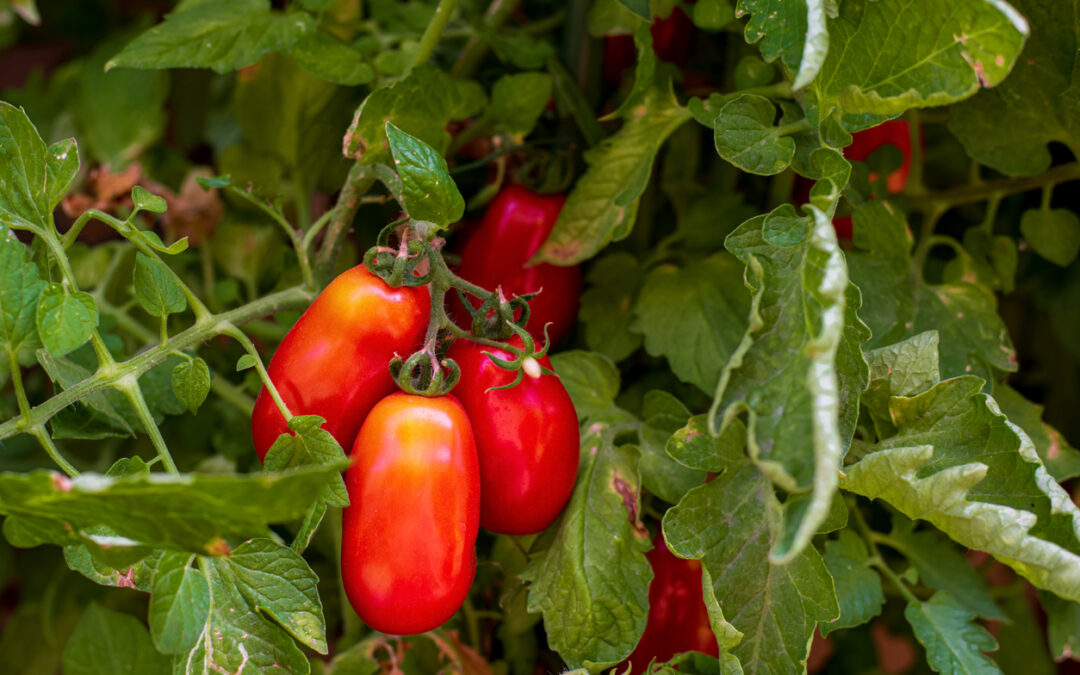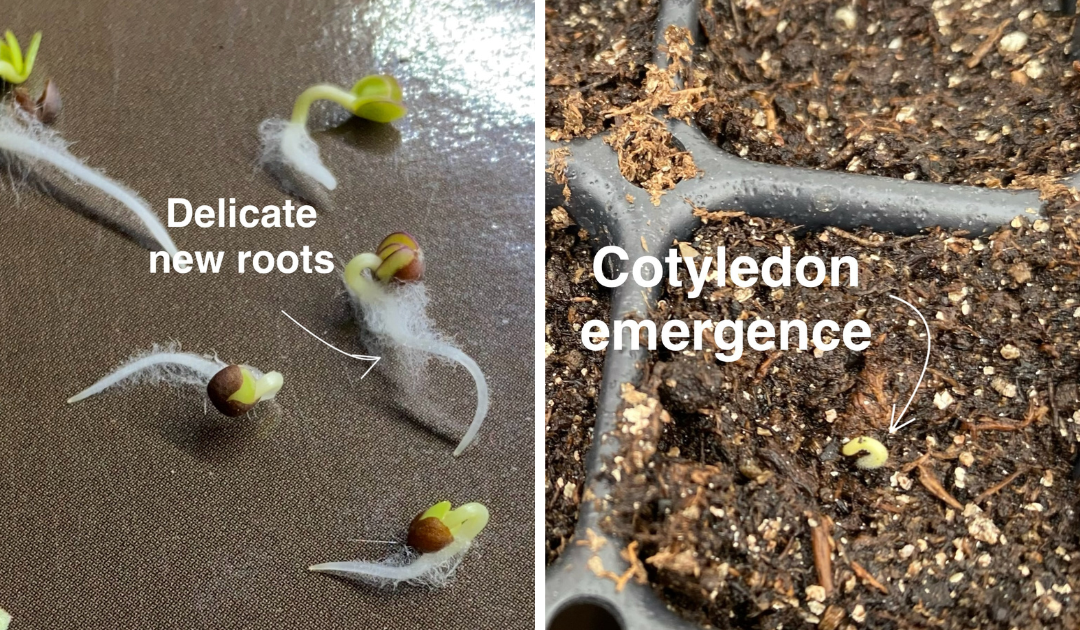
Every year at this time I reflect on last year’s garden and consider what improvements I can make to my Canadian prairie garden and greenhouse.
What will I plant? What did I grow last year that I loved? That I didn’t love? What changes can I make to my landscape or planting plan so my plants can be more successful?
Plant growth is limited by seven factors. These are the elements to focus your thoughts and plans on:
- insufficient or poor quality light – your plants need 8-10 hours of intensely bright light each day
- lack of available water – make sure you have access to rain water or a garden hose long enough to reach your garden bed
- nutrient deficiency – you may need to add compost or fertilizer to your soil to ensure you plants get the food they need
- poor soil structure – poorly draining soil or soil that won’t hold any water are equally challenging. Amend your soil as needed with compost or sand depending on your specific need
- weed competition – planting in a garden that is overrun with creeping bellflower, canada thistle or quack grass is a recipe for frustration. Be mindful of where you are planting so you plants avoid competition for light and nutrients
- disease – some diseases, like botrytis spores, can live in soil and reinfect plants year after year. Some diseases even accumulate so the issue gets worse every year. If you have beds you typically dedicate to a specific crop, you should replace the soil or, even better, rotate your crops. Raised beds are great for this. In a perfect world, you would have at least 4 and plant your tomatoes (or it’s close relatives bell peppers and egg plants) in a different bed each year. That way, species specific diseases won’t accumulate in the soil.
- insect pests – if you suffered from spider mites or whiteflys or thrips last year, be sure you have removed all the old plant material from your planting areas and consider ordering some biological controls from a company like Koppert Canada. Their website is easy to use. You can search by insect problem to find out what helpful bugs you could add to your plants that will eradicate the unwanted bugs.
Most of these issues can be optimized with forward planning and monitoring. Some, like building soil structure, may take a bit more time and patience to achieve.
But hey, you’re a serious gardener. You’re in this for the long haul.



